Home>Construction & Tools>Building Materials>How Do You Clean Exterior Stucco
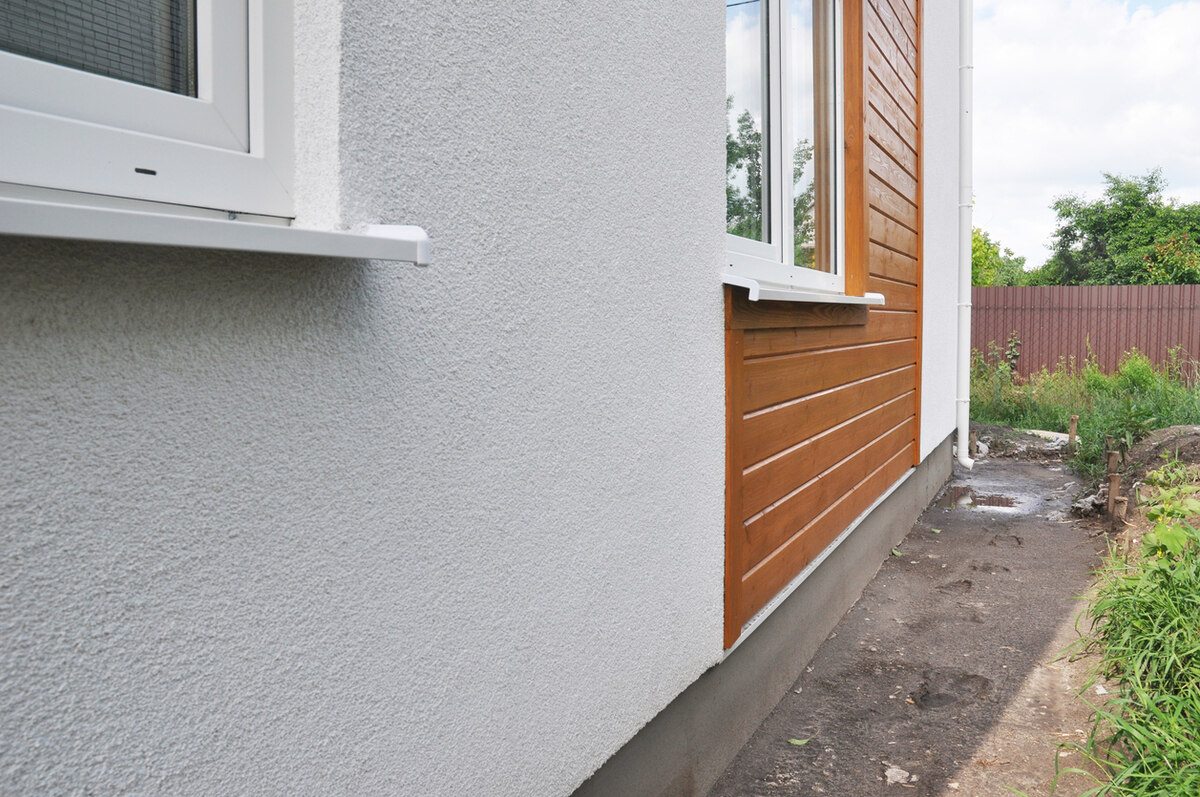

Building Materials
How Do You Clean Exterior Stucco
Modified: February 18, 2024
Learn the best techniques for cleaning exterior stucco and maintaining your building materials. Discover expert tips for a pristine finish.
(Many of the links in this article redirect to a specific reviewed product. Your purchase of these products through affiliate links helps to generate commission for Storables.com, at no extra cost. Learn more)
Introduction
When it comes to enhancing the exterior of your home, stucco is a popular choice due to its durability, versatility, and timeless appeal. However, to maintain its aesthetic charm and structural integrity, regular cleaning is essential. Whether your stucco facade is marred by dirt, mold, or other unsightly blemishes, learning the proper cleaning techniques is crucial for preserving its beauty and prolonging its lifespan.
In this comprehensive guide, we will delve into the nuances of cleaning exterior stucco, equipping you with the knowledge and practical insights to tackle this task effectively. From understanding the composition of stucco to identifying the ideal cleaning tools and methods, we will cover every facet of stucco maintenance, empowering you to restore your home's exterior to its former glory.
So, roll up your sleeves and get ready to embark on a journey to revitalize your stucco surfaces. With the right approach and a bit of elbow grease, you can ensure that your home's exterior exudes a captivating allure that leaves a lasting impression. Let's dive into the world of exterior stucco cleaning and unleash the potential of your home's facade.
Key Takeaways:
- Regular cleaning of exterior stucco is essential to maintain its timeless appeal and structural integrity. Understanding the composition of stucco and using the right tools and methods can help restore its beauty.
- To clean and maintain exterior stucco, prepare the surface, choose the right cleaning method, and protect it with a sealing regimen. This ensures enduring charm and resilience against the elements.
Read more: How To Paint Exterior Stucco
Understanding Stucco
Stucco, a time-honored building material, has been adorning the exteriors of homes and structures for centuries. Composed of cement, sand, lime, and water, stucco offers a robust and visually appealing finish that stands the test of time. Its composition allows for breathability, making it resistant to moisture and mold, while providing excellent insulation properties.
When applied to a substrate, such as metal lath or masonry, stucco forms a durable, seamless surface that can be customized with various textures and finishes. Whether you prefer a smooth, traditional look or a textured, rustic appearance, stucco can be tailored to suit your aesthetic preferences, making it a versatile choice for exterior cladding.
One of the key attributes of stucco is its ability to withstand the elements, including harsh sunlight, heavy rain, and freezing temperatures. However, over time, airborne pollutants, dirt, and organic growth such as mold and mildew can diminish the luster of stucco, necessitating regular cleaning and maintenance.
Understanding the nature of stucco is pivotal in determining the most effective cleaning methods and products. By grasping the intricacies of this resilient material, you can approach its maintenance with confidence, knowing that your efforts will not only restore its appearance but also safeguard its longevity.
Now that we have gained insight into the composition and characteristics of stucco, let’s explore the essential tools and materials required for cleaning exterior stucco surfaces.
Cleaning Tools and Materials
Before embarking on the journey of rejuvenating your exterior stucco, it’s imperative to assemble the necessary tools and materials to ensure a thorough and efficient cleaning process. Here’s a comprehensive list of items you’ll need:
- Soft-Bristled Brush: Opt for a brush with gentle, non-abrasive bristles to avoid damaging the stucco surface during cleaning.
- Pressure Washer: A pressure washer with an adjustable nozzle can be invaluable for removing stubborn dirt and grime from stucco surfaces.
- Mild Detergent or Stucco Cleaner: Choose a gentle, non-toxic detergent or a specialized stucco cleaner to effectively lift dirt and stains without harming the stucco finish.
- Bucket: Use a bucket to mix the cleaning solution and for rinsing the brush or sponge during the cleaning process.
- Garden Hose: A garden hose with a spray attachment is essential for rinsing the stucco surface before and after cleaning.
- Protective Gear: Wear gloves, safety goggles, and old clothing to protect yourself from cleaning agents and splashes.
- Ladder: If your stucco extends to higher areas, a sturdy ladder will facilitate safe and convenient access for cleaning.
- Stain Removal Products: For tackling specific stains such as rust or efflorescence, consider acquiring specialized stain removal products designed for stucco surfaces.
By ensuring that you have these tools and materials at your disposal, you can approach the cleaning process with confidence, knowing that you’re well-equipped to address various cleaning challenges effectively and safely.
With the cleaning arsenal assembled, the next step involves preparing the stucco surface for the cleansing ritual. We’ll delve into this crucial pre-cleaning phase in the following section.
Preparing the Stucco Surface
Before diving into the actual cleaning process, it’s essential to prepare the stucco surface to optimize the effectiveness of the cleaning efforts. Here’s a step-by-step guide to preparing the stucco for a thorough cleansing:
- Remove Debris: Begin by clearing the stucco surface of any loose debris, such as leaves, cobwebs, or dirt. A soft-bristled brush or a gentle sweep with a broom can help eliminate surface debris without causing damage.
- Test Cleaning Solution: If using a commercial stucco cleaner or detergent, it’s advisable to test the solution on a small, inconspicuous area of the stucco to ensure that it doesn’t cause discoloration or damage. This precautionary step can prevent potential mishaps during the cleaning process.
- Protect Surrounding Areas: Cover nearby plants, shrubs, and delicate landscaping features with plastic sheeting or tarps to shield them from the cleaning solution and water runoff.
- Pre-Wet the Surface: Using a garden hose, lightly pre-wet the stucco surface to prevent the cleaning solution from drying too quickly and to facilitate the even distribution of the cleaning agent.
- Address Stains and Mold: For stubborn stains or areas affected by mold or mildew, consider spot-treating these areas with specialized stain removers or mold-inhibiting solutions before commencing the overall cleaning process.
By meticulously preparing the stucco surface, you can lay the groundwork for a successful and efficient cleaning endeavor. This preparatory phase not only ensures that the cleaning process yields optimal results but also minimizes the risk of unintended damage to the stucco finish.
With the stucco surface primed and ready, we can now delve into the various cleaning methods and techniques tailored to revitalize your exterior stucco.
Use a soft-bristle brush or a pressure washer on a low setting to clean exterior stucco. Avoid using harsh chemicals that can damage the stucco surface.
Cleaning Methods
When it comes to cleaning exterior stucco, employing the right methods is pivotal in achieving a pristine finish without compromising the integrity of the stucco surface. Here are several effective cleaning methods to consider:
- Hand Scrubbing: For light dirt and surface grime, hand scrubbing with a soft-bristled brush and a mild detergent solution can be a gentle yet effective approach. Work in small sections, using circular motions to lift and remove the dirt without applying excessive pressure.
- Pressure Washing: Utilizing a pressure washer with a low-pressure setting and a wide-angle nozzle can expedite the cleaning process for larger stucco areas. Maintain a safe distance from the surface to prevent damage, and ensure that the water stream is directed downwards to avoid driving water behind the stucco.
- Biodegradable Cleaners: Environmentally friendly, biodegradable stucco cleaners are formulated to dissolve dirt and grime without posing harm to surrounding vegetation. These cleaners can be applied using a garden sprayer or a soft brush, followed by thorough rinsing with a garden hose.
- Vinegar Solution: A solution of white vinegar and water can effectively combat mildew and mold on stucco surfaces. Apply the solution to the affected areas, allow it to dwell for a few minutes, then gently scrub before rinsing with water.
- Manual Spot Cleaning: Stubborn stains or localized discolorations can be addressed through targeted spot cleaning using specialized stucco stain removers or poultices. Follow the manufacturer’s instructions for application and removal to mitigate the appearance of blemishes.
Each cleaning method offers unique advantages and considerations, and the suitability of a particular approach depends on the extent of soiling, the stucco’s texture, and the presence of specific stains or blemishes. By choosing the most appropriate method for your cleaning needs, you can effectively restore the beauty of your stucco facade while preserving its structural integrity.
As we explore the nuances of stucco cleaning, it’s essential to address the removal of stubborn stains and mold, which can mar the appearance of stucco surfaces. Let’s delve into effective strategies for combating these common challenges.
Read more: How To Redo Stucco Exterior
Removing Stains and Mold
Stains and mold can detract from the pristine appearance of stucco surfaces, necessitating targeted removal techniques to restore their original allure. Here are effective strategies for addressing stains and mold on exterior stucco:
- Rust Stains: Rust stains can be treated with a commercial rust remover specifically formulated for masonry surfaces. Apply the product as per the manufacturer’s instructions, then rinse thoroughly to eliminate the discoloration.
- Efflorescence: Efflorescence, characterized by white, powdery deposits on stucco, can be removed by gently scrubbing the affected areas with a mild vinegar solution or a specialized efflorescence cleaner. Thorough rinsing is crucial to prevent residue buildup.
- Mold and Mildew: A solution of water and white vinegar or hydrogen peroxide can effectively combat mold and mildew on stucco surfaces. Apply the solution, allow it to dwell for a brief period, then gently scrub the affected areas before rinsing thoroughly.
- Biological Growth: For persistent biological growth, consider utilizing a commercial mildewcide or algae remover designed for exterior surfaces. Follow the product’s instructions for application and dwell time, then rinse the treated areas to eliminate the unsightly growth.
- Oil and Grease Stains: Oil and grease stains can be challenging to remove from stucco. Absorbent materials such as cat litter or cornstarch can be applied to the affected areas to draw out the oils, followed by gentle scrubbing with a mild detergent solution.
By employing targeted stain removal techniques, you can effectively eliminate blemishes and discolorations, revitalizing your stucco surfaces and preserving their visual appeal. Additionally, addressing mold and biological growth not only enhances the aesthetic charm of stucco but also contributes to a healthier living environment by mitigating potential allergens and respiratory irritants.
With stains and mold banished, the final phase of stucco maintenance involves sealing and protecting the cleaned surfaces to safeguard them against future soiling and environmental exposure. Let’s explore the crucial steps for sealing and preserving the pristine condition of your exterior stucco.
Sealing and Protecting Stucco
After meticulously cleaning and restoring your exterior stucco, it’s essential to fortify its resilience and longevity by implementing a comprehensive sealing and protection regimen. Here’s how you can shield your stucco surfaces from potential damage and maintain their pristine condition:
- Application of Stucco Sealer: Consider applying a high-quality stucco sealer or water repellent to create a protective barrier against moisture infiltration, thereby safeguarding the stucco from water damage and efflorescence. Ensure that the sealer is breathable to prevent trapped moisture from compromising the stucco’s integrity.
- Regular Inspection and Maintenance: Routinely inspect the stucco for any signs of damage, cracking, or discoloration, addressing issues promptly to prevent them from escalating. Additionally, periodically clean the stucco surfaces to remove accumulated dirt and grime before they become deeply embedded.
- Landscaping Considerations: When planning landscaping around stucco-clad areas, ensure that plants and irrigation systems are positioned to minimize direct contact with the stucco, reducing the risk of moisture retention and organic growth.
- Professional Consultation: If you encounter extensive damage or persistent issues with your stucco, consider seeking the expertise of a professional contractor or stucco specialist to assess the condition of the stucco and recommend appropriate remedial measures.
By proactively sealing and protecting your stucco surfaces, you can fortify them against environmental elements and preserve their aesthetic appeal for years to come. Furthermore, regular maintenance and attentive care will ensure that your stucco remains a striking and enduring feature of your home’s exterior.
With the completion of the sealing and protection process, you have successfully navigated the intricate realm of cleaning and maintaining exterior stucco. By incorporating these insights into your stucco maintenance routine, you can revel in the enduring beauty and resilience of your stucco-clad home.
As we conclude this comprehensive guide, it’s evident that nurturing and preserving the allure of exterior stucco requires a blend of knowledge, care, and the right tools and techniques. Armed with these principles, you are poised to embark on a journey of stucco maintenance that ensures your home’s exterior exudes timeless charm and enduring quality.
Conclusion
Cleaning and maintaining exterior stucco is a labor of love that yields enduring rewards in the form of a striking, well-preserved facade. By understanding the composition of stucco, assembling the essential tools and materials, and adopting meticulous cleaning and protection practices, you can ensure that your stucco surfaces exude timeless allure while standing the test of time.
Embracing the art of stucco maintenance entails not only revitalizing its appearance but also fortifying its resilience against the elements. From the gentle scrubbing of dirt and grime to the targeted removal of stains and mold, each step in the cleaning process contributes to the rejuvenation of your stucco-clad exterior.
As you embark on this journey, remember that the care and attention you invest in your stucco surfaces will be reflected in their enduring beauty and structural integrity. Whether you opt for hand scrubbing or utilize the power of a pressure washer, each cleaning method is a testament to your commitment to preserving the character and charm of your home’s exterior.
Furthermore, by sealing and protecting your stucco, you establish a shield against moisture infiltration and environmental wear, ensuring that your stucco remains a captivating feature of your home for years to come.
As you bid farewell to this comprehensive guide, equipped with the knowledge and insights to embark on your stucco maintenance odyssey, take pride in the transformative impact your efforts will have on the visual appeal and longevity of your home’s exterior. With each cleansing ritual and protective measure, you are not just maintaining stucco; you are nurturing a timeless testament to craftsmanship and enduring beauty.
So, as you gaze upon your revitalized stucco facade, may it stand as a testament to your dedication and care, embodying the timeless allure of a material that has graced architectural wonders throughout history.
Frequently Asked Questions about How Do You Clean Exterior Stucco
Was this page helpful?
At Storables.com, we guarantee accurate and reliable information. Our content, validated by Expert Board Contributors, is crafted following stringent Editorial Policies. We're committed to providing you with well-researched, expert-backed insights for all your informational needs.
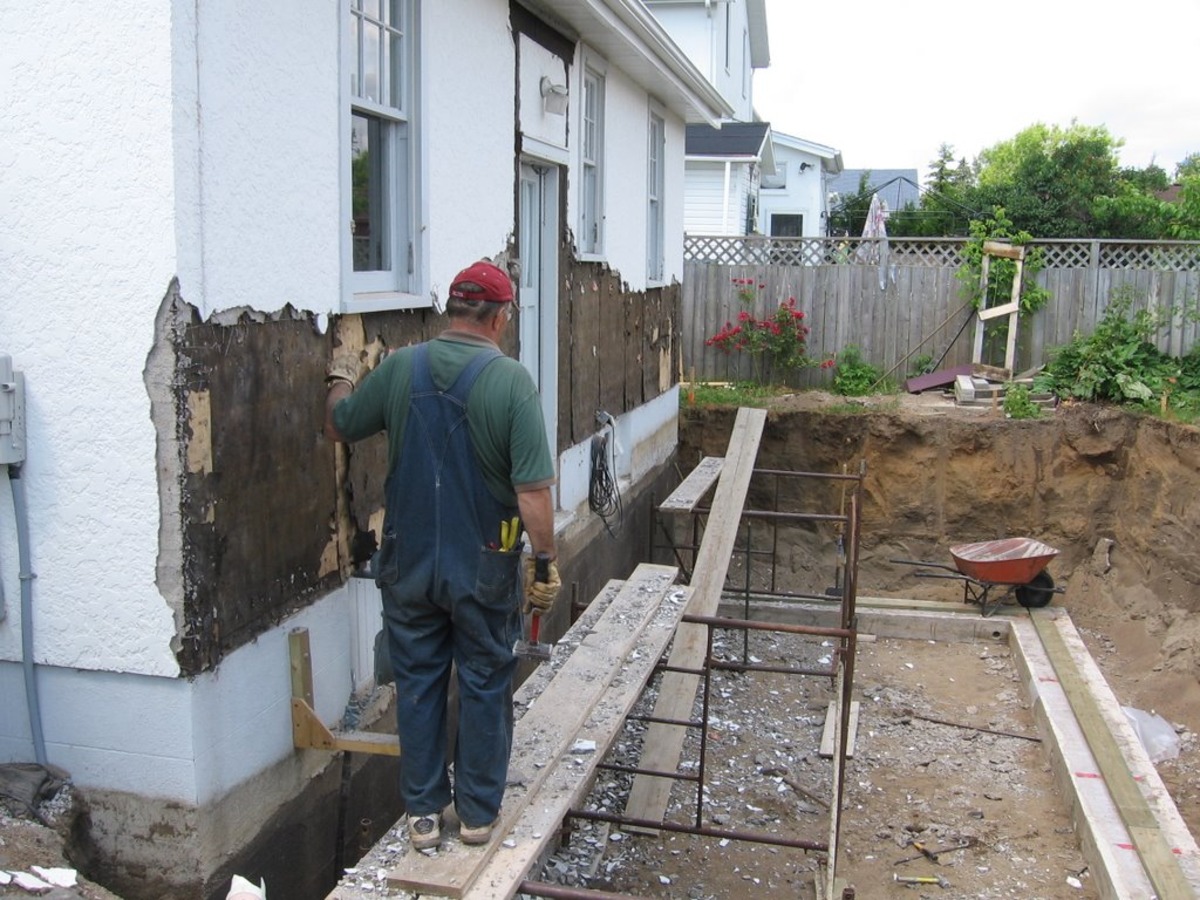

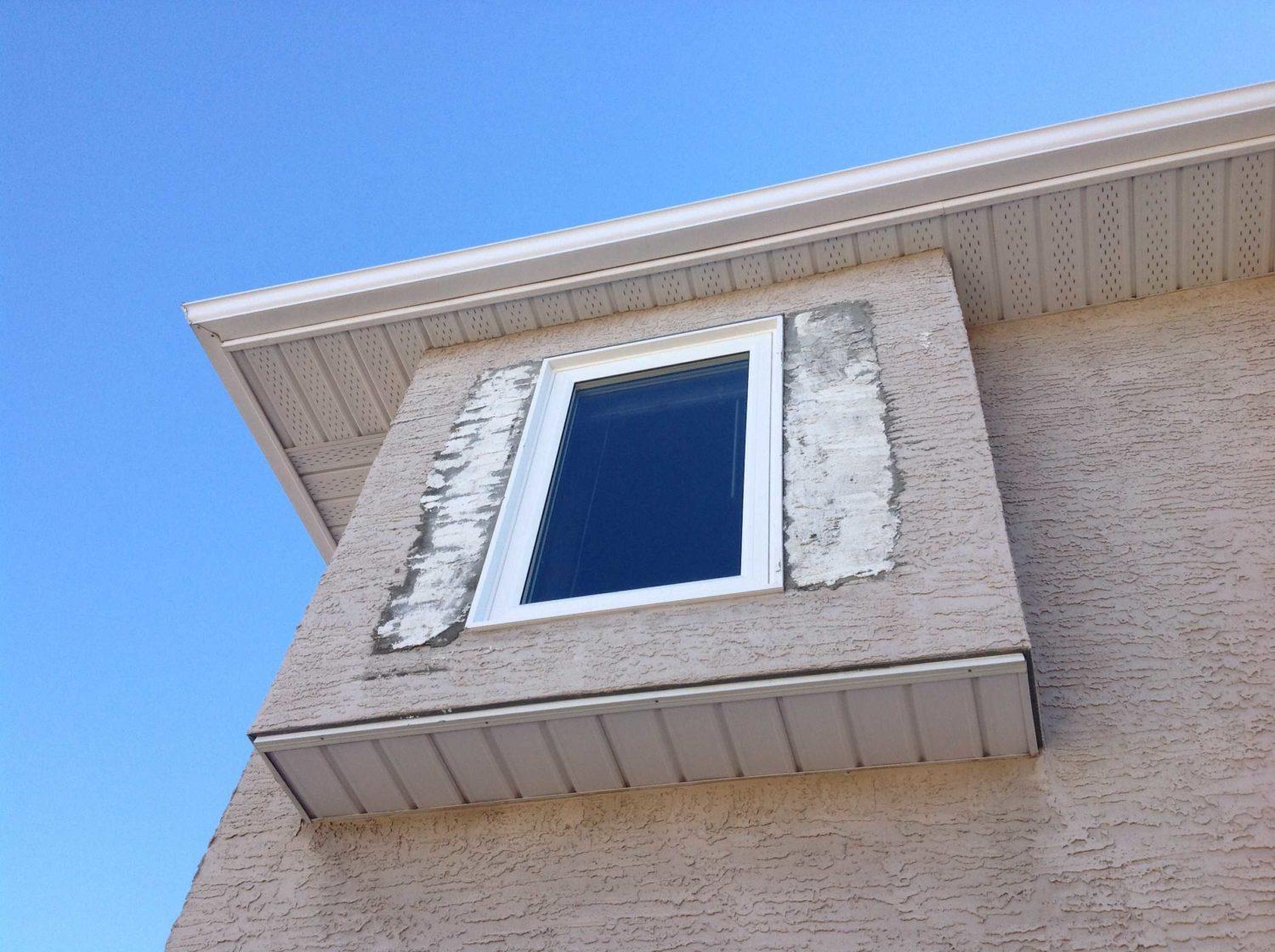
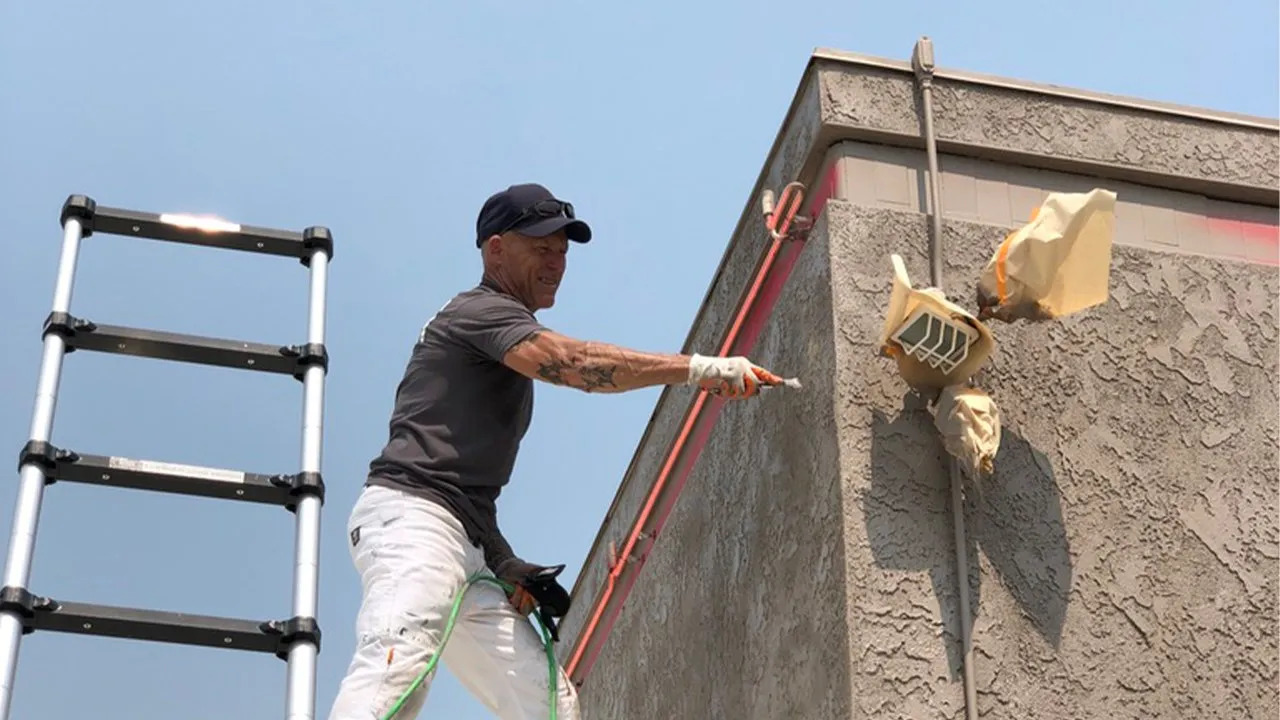
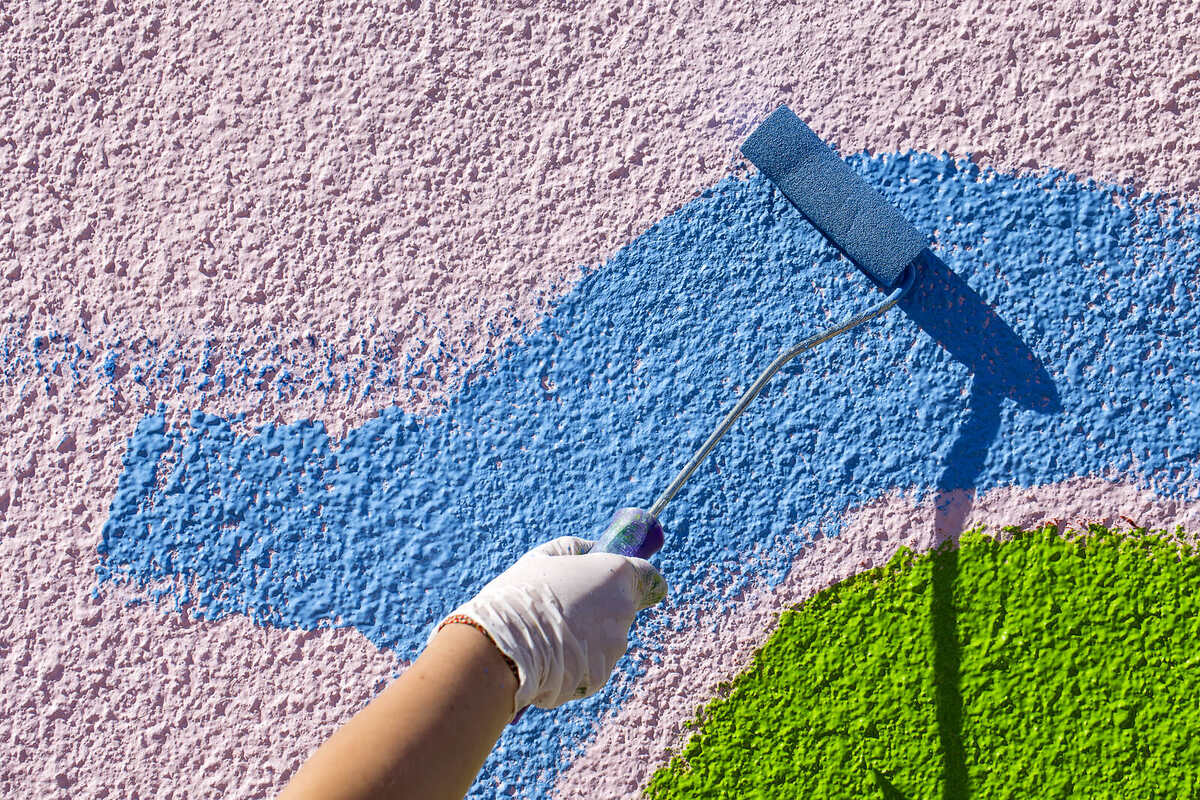
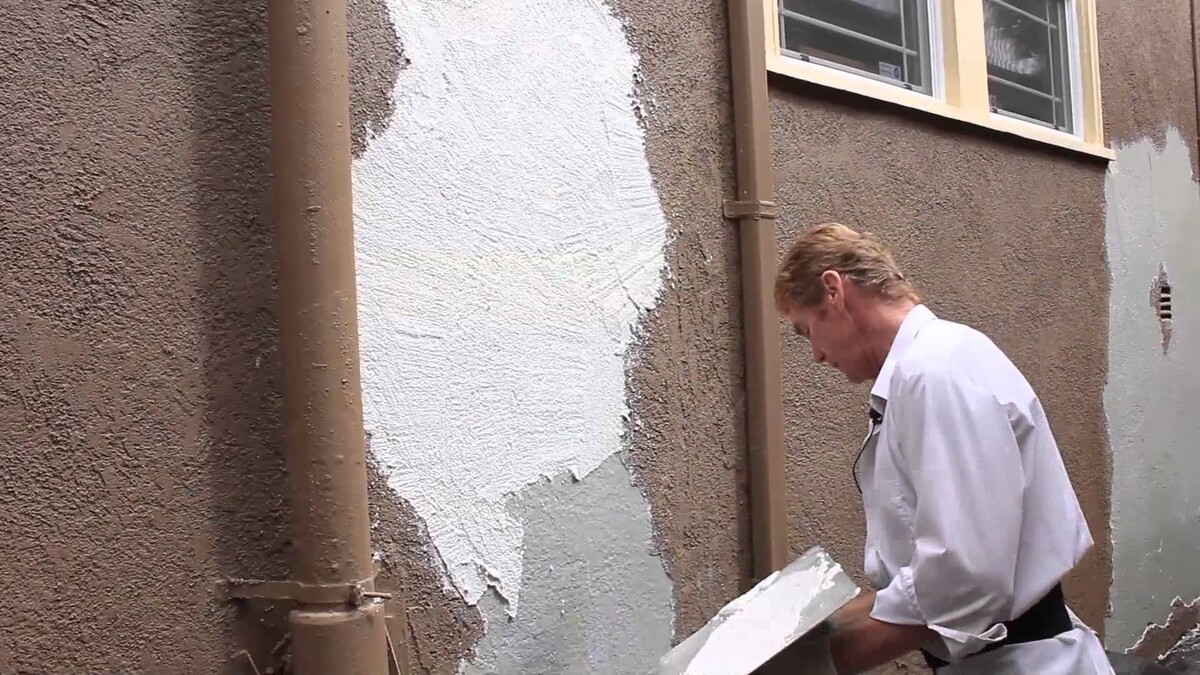
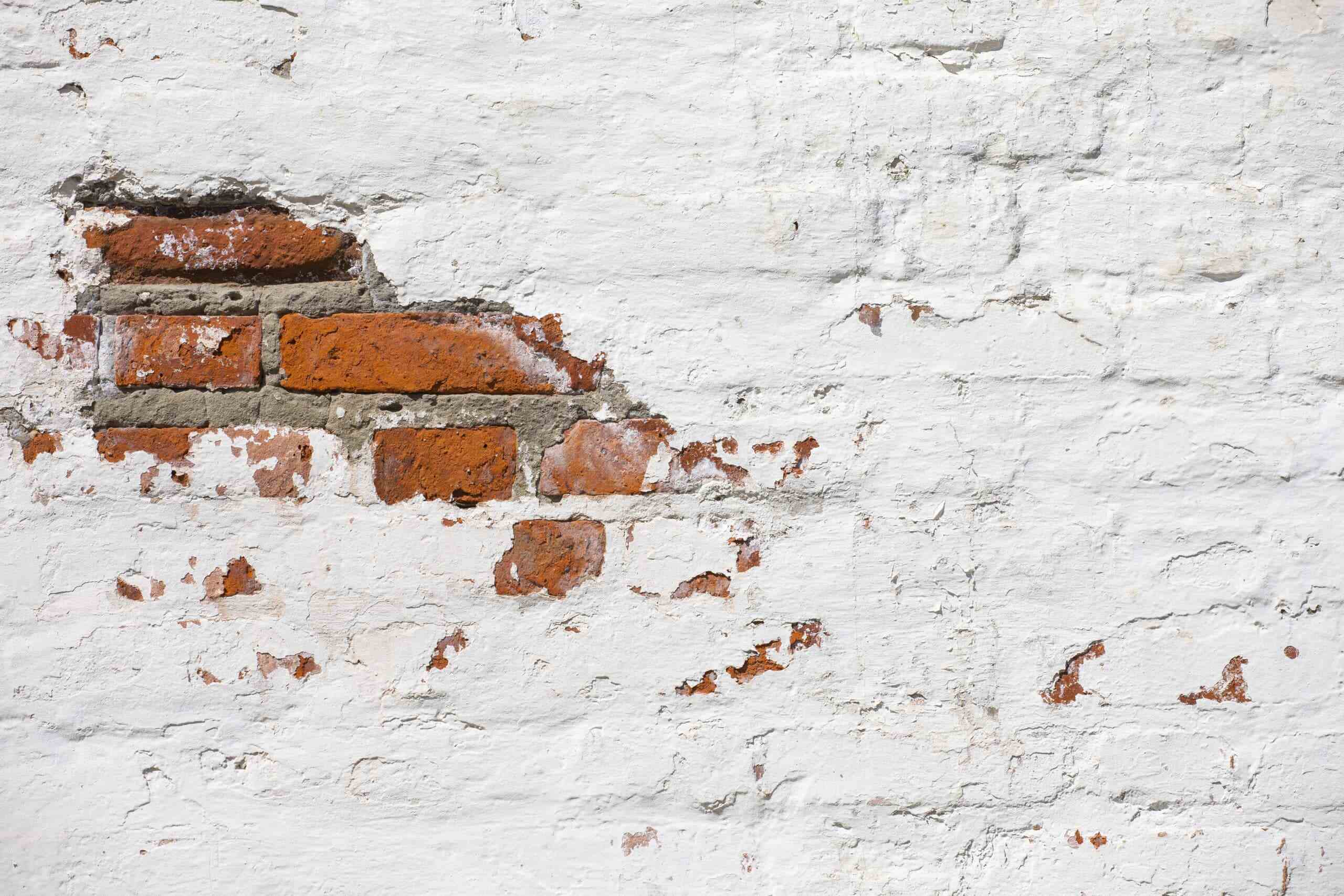

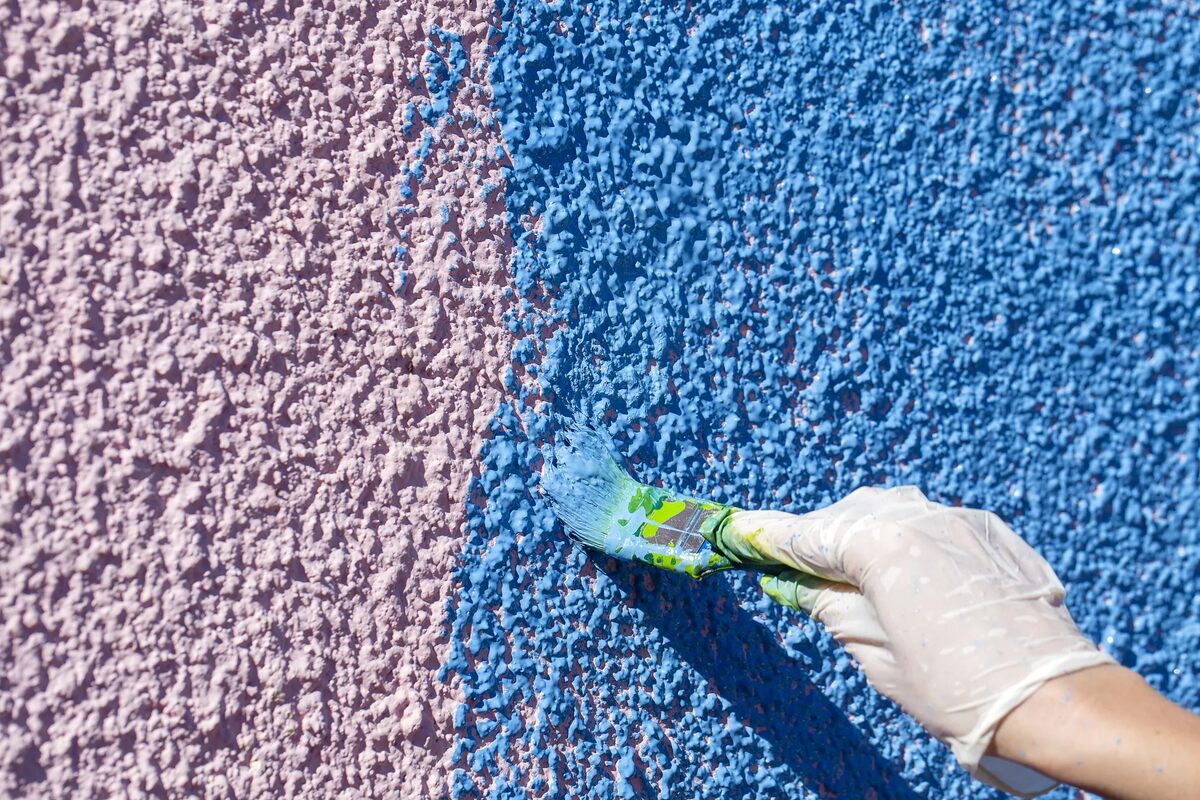
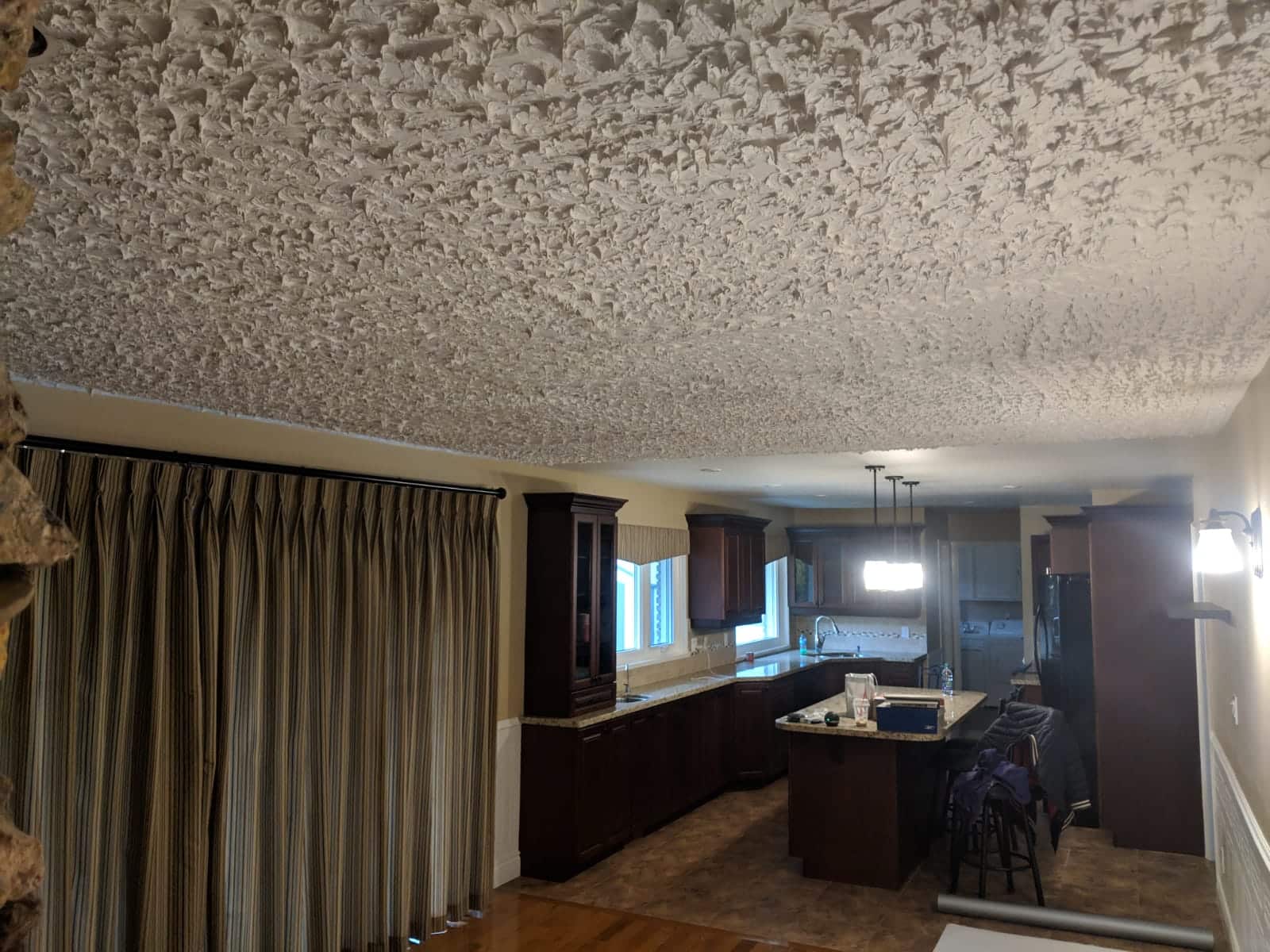
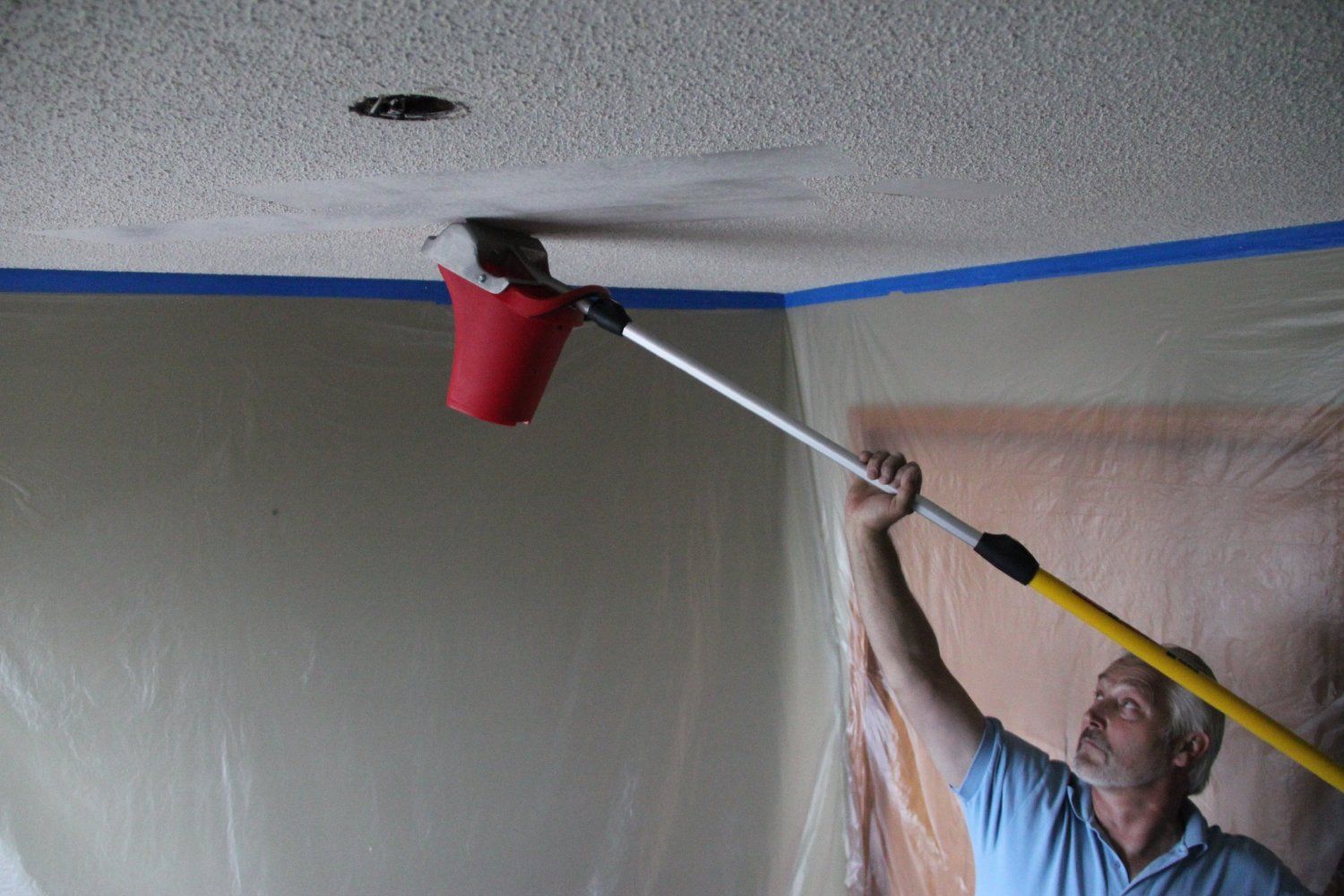
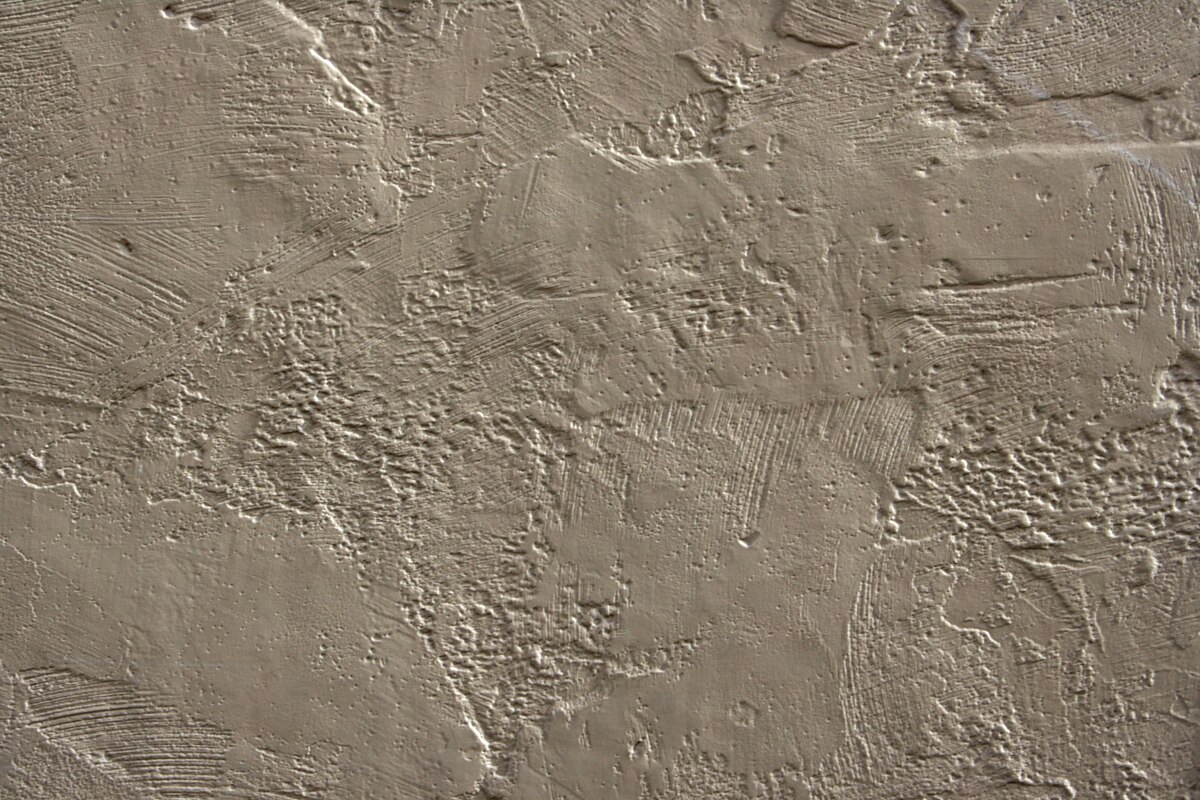
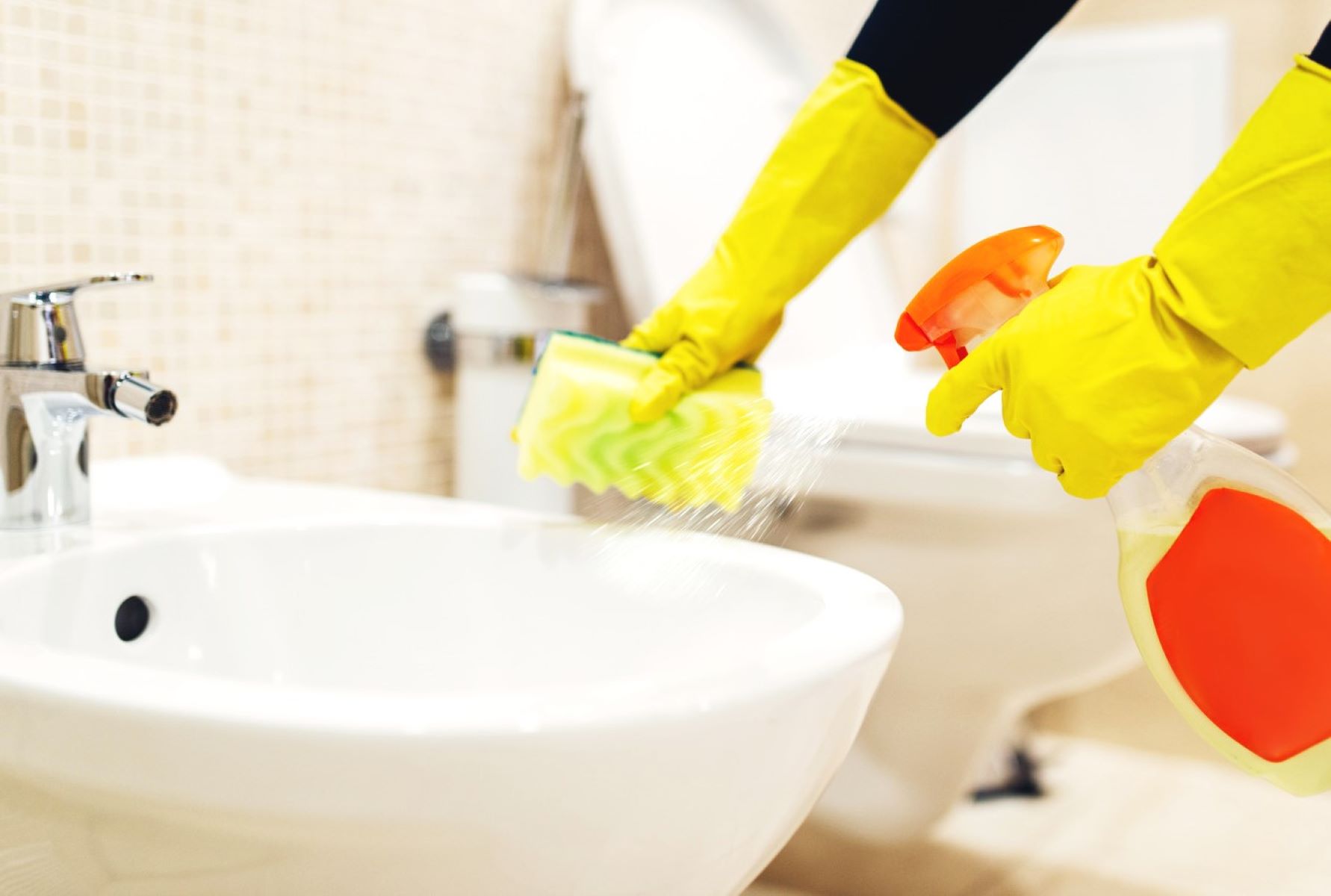
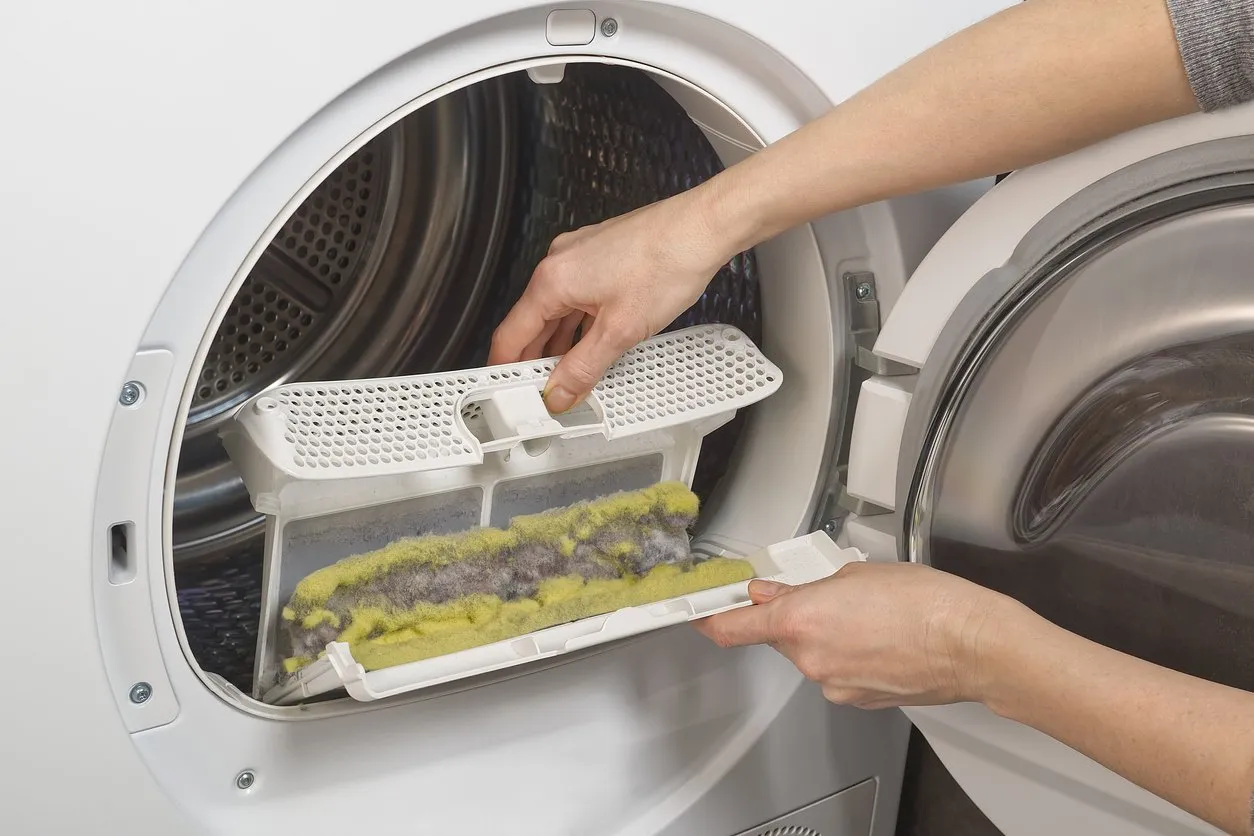

0 thoughts on “How Do You Clean Exterior Stucco”